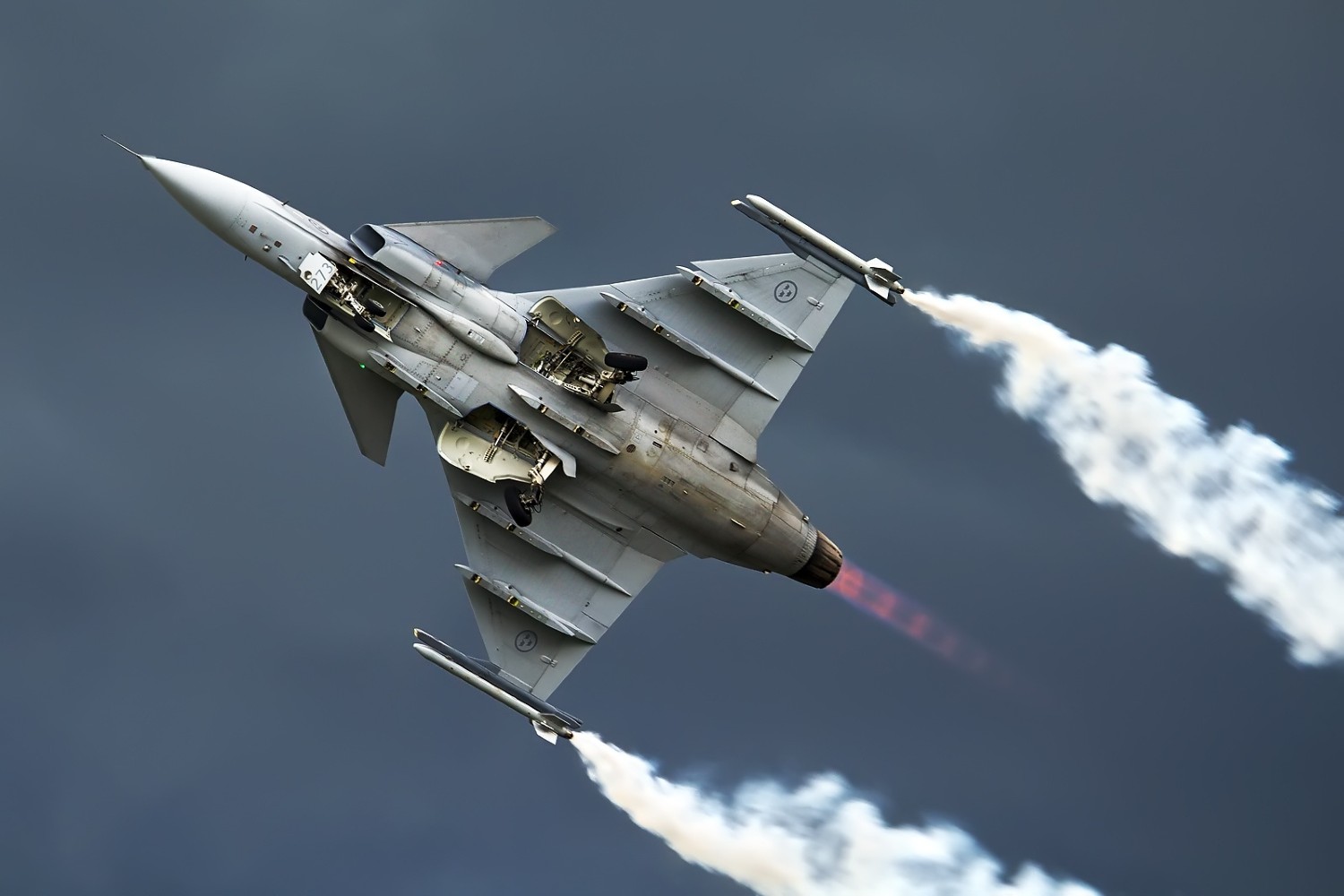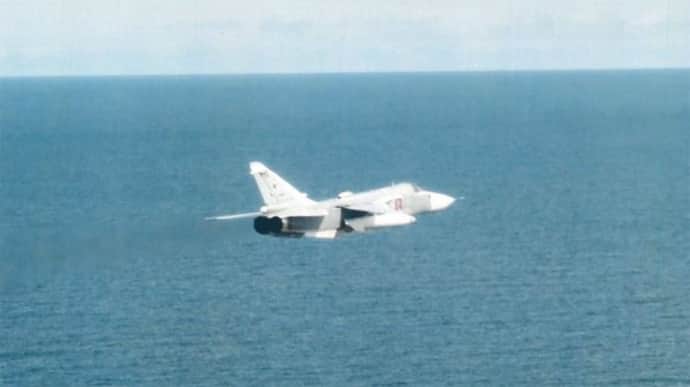Ukrainian President Volodymyr Zelenskyy compared the ongoing Russian assault on Ukraine using guided aerial bombs (GABs) to Hitler’s infamous “carpet bombing” during World War II.
Speaking to the Italian Sky TG24 TV channel, Zelenskyy underscored the severe and escalating threat posed by these precision weapons, which are being deployed in vast numbers against civilian targets.
“Russia uses 3,200-3,500 GABs per month – these are guided aerial bombs. This is a huge problem,” Zelenskyy said.
He accused Russia of employing these bombs exclusively against civilians and civilian infrastructure to instill fear and force evacuations, facilitating the easier occupation of Ukrainian towns and villages, known as hromadas.
Drawing a historical parallel, Zelenskyy remarked, “Hitler did the same thing – carpet bombing. It’s done with the same approach and the same methodology.” One of the main battlegrounds in this aerial assault is the Kharkiv Oblast.
Zelenskyy acknowledged the stabilization efforts of Ukrainian defenders in the region, but the persistent threat remains dire. Russian forces have been launching 1.5-tonne glide bombs from within their own airspace, significantly impacting Ukraine’s second-largest city.
These glide bombs, retrofitted from old Soviet-era munitions, have become a cornerstone of Russia’s military strategy. Originally “dumb bombs,” they are now equipped with wing kits and satellite navigation systems to enhance their precision.
This transformation allows them to glide 50 to 70 kilometers, striking targets with devastating accuracy. With explosive payloads of up to 500 kilograms, these bombs create massive craters and cause widespread destruction.
The Ukrainian government has accused Russia of using these bombs to specifically target civilian areas, including hospitals and schools, in an attempt to break the spirit of the Ukrainian population.
Despite the dire situation, Ukrainian forces have managed to stabilize key areas, although the sheer volume and impact of the attacks remain a significant challenge.
While Ukrainian forces also utilize guided aerial bombs, their arsenal is far smaller and largely dependent on supplies from Western allies. However, this dynamic may soon shift.
On June 9, Brigadier General Serhii Holubtsov, chief of aircraft of the Air Force Command of the Ukrainian Armed Forces, announced that Ukraine would begin testing domestically produced guided bombs within a few weeks.
Sweden Summons Russian Ambassador
Sweden summoned the Russian Ambassador after a Russian Su-24 bomber breached Swedish airspace east of the southern tip of Gotland on the evening of June 14.
The Swedish Air Force promptly responded to the incursion, sending two Jas-39 Gripen fighters to intercept the Russian aircraft after initial warnings went unheeded.

“Russia’s behavior is unacceptable and shows disrespect for our territorial integrity. We have been following the whole course of events and were on the spot to intervene,” stated Jonas Wikman, Commander of the Swedish Air Force.
Foreign Minister Tobias Billström echoed this sentiment, confirming on June 15 that the Russian ambassador would be summoned to address the incident.
“The Russian actions are unacceptable. The Foreign Ministry will summon the Russian embassy to mark the incident. We are in close contact with allies and partners about events in the immediate area,” Billström told SVT.

Defense Minister Pål Jonson also condemned the violation, describing it as “unacceptable and unprofessional.” Despite the brief nature of the airspace breach, Jonson and Wikman both highlighted the broader implications of such actions, emphasizing the growing security concerns in the region.
“This action reflects the general security situation with a more uncertain world and a more aggressive behavior from the Russian side,” Wikman added.
Former Lieutenant Colonel Jörgen Elfving suggested two potential reasons for the violation: a possible pilot error or a deliberate act to signal against Sweden, particularly in the context of its NATO membership.
“If it is a deliberate violation, it may be to signal against Sweden in light of NATO membership and that Russia thus wants to flex its muscles. But it can also be to gather intelligence information,” Elfving explained.
Chinese UAVs ‘Hover’ Over The US Despite Federal Block; Cheap DJI Drones ‘Lure’ Security Agencies
This incident marks a continuation of Russian provocations in the region. The last similar unauthorized flight occurred in 2022 when Russian Su-27 and Su-24 aircraft violated Swedish airspace prior to the country’s accession to NATO.
Finland has also reported airspace violations by Russian fighter jets, especially since both nations joined NATO following Russia’s full-scale invasion of Ukraine.
The broader Baltic Sea region has seen a significant uptick in NATO activity. The first quarter of 2024 alone witnessed a 20-25% increase in NATO fighter jet sorties to intercept Russian aircraft approaching NATO airspace.
- Contact the author at ashishmichel(at)gmail.com
- Follow EurAsian Times on Google News




